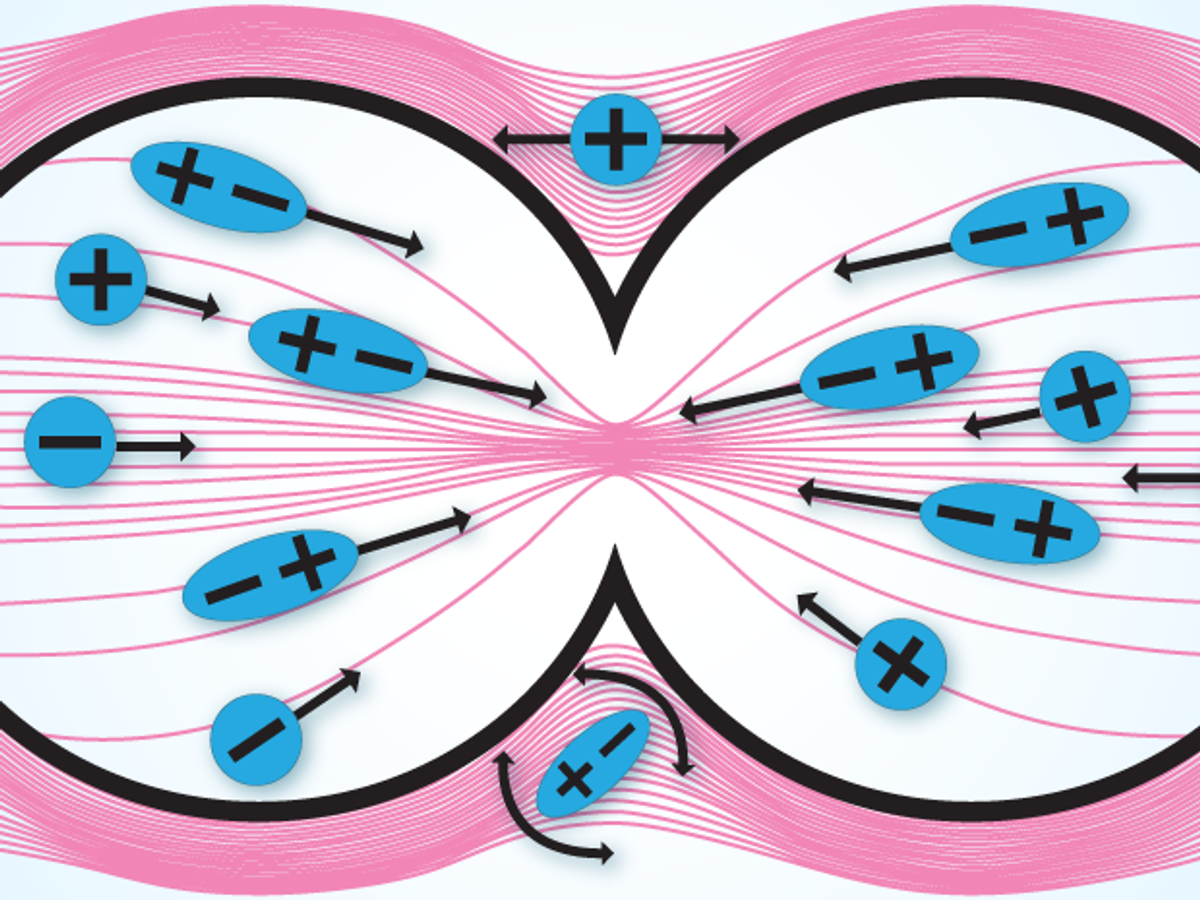
Jessica Morris was on a hiking trail in upstate New York last January when she suddenly uttered a line of gibberish and fell to the ground, her body shaking in a full seizure. A few hours later in a hospital she learned that she had glioblastoma, an aggressive brain tumor, and several days after that she was on the operating table having brain surgery. Since then, she’s been fighting for her life.
She’s grateful to have a radical new weapon in her arsenal, one that only became available to patients like her in 2015. She wears electrodes on her head all day and night to send an AC electric field through her brain, trying to prevent any leftover tumor cells from multiplying. She’s been wearing this gear for about six months so far. “I think it’s brilliant,” Morris says. “I’m proud to wear it.”
The Optune device from Novocure, an international company with R&D operations in Haifa, Israel, can’t exactly be called convenient or unobtrusive. Morris goes about her business with a shaved head plastered with electrodes, which are connected by wires to a bulky generator she carries in a shoulder bag. Every few days her husband helps her switch out the adhesive electrode patches, which requires reshaving her head, making sure the skin of her scalp is healthy, and applying the new patches.

Morris isn’t complaining about the effort. “If you have a condition which has no cure, it’s a great motivator,” she says dryly.
Doctors typically combat glioblastoma with the triad of surgery, radiation, and chemotherapy. Optune’s tumor-treating fields (TTFs) offer an entirely new type of treatment. Unlike chemo, this electrical treatment doesn’t cause collateral damage in other parts of the body. Yet the technology has been slow to catch on. “The adoption rate has not been stellar to date,” admits Eilon Kirson, Novocure’s chief science officer.
He’s hoping the most recent results of Optune’s biggest clinical trial yet will make the difference: Two years after beginning treatment, 43 percent of 695 patients with glioblastoma who used Optune were still alive, compared to 30 percent of patients on the standard treatment regimen. Four years out, the survival rates are 17 percent for Optune patients and 10 percent for the others. “To patients, that’s a big difference,” Kirson says. “That’s worth fighting for.”
Many oncologists, however, still hesitate to prescribe Optune. Wolfgang Wick, a professor of neuro-oncology at the University of Heidelberg, in Germany, has written skeptically about TTFs and says the long-term results don’t change his outlook. He draws a contrast with the chemotherapy drug temozolomide, which provides a clear benefit to a subset of patients who have a particular biomarker. Doctors don’t know which patients will respond best to the electric fields, he says, and that makes Optune a less appealing treatment option. “If I listen to my patients, this is one thing missing with the TTF, and this has not changed,” Wick says.

Novocure executive chairman William Doyle argues that every weapon should be deployed against brain tumors, which are notoriously tough to fight. The last advance in treatment came about 15 years ago when doctors introduced temozolomide. “Since then, every attempt to make an improvement in these patients’ survival rates has failed,” Doyle says.
Novocure’s system uses electrodes stuck to the scalp to create a low-intensity oscillating electric field in the brain, which interferes with cancer cells as they try to divide and multiply. At one moment in the cell division process, the cell distorts into an hourglass shape. That’s when the tumor-treating field has its impact because the cell’s geometry concentrates the TTF at the center of the hourglass.
The TTF works on molecules inside the cell that are polarized and respond to electric fields. By pulling those polarized molecules out of their proper positions, the field interferes with the precise procedures of cell division. Or, as Doyle puts it, “all hell breaks loose inside the cell.” The cells don’t divide and may even go into a state of programmed cell death.
So why do the TTFs damage tumor cells while leaving normal cells unharmed? Doyle says the secret lies in the frequency of the electric field. Each different cell type has a membrane with specific filtering properties, allowing only certain frequencies to penetrate it. (You can think of the cellular membrane as a capacitor, Doyle says; at the right frequency, the field can go through it with very little impedance.) Optune uses a frequency of 200 kilohertz to get inside glioblastoma cells, but the frequency doesn’t penetrate neurons and other normal brain cells.
It doesn’t hurt that there’s very little cell division going on in the brain. That’s not an advantage Novocure will have as it looks to push Optune into treating cancer in other parts of the body, such as the pancreas, ovaries, and lungs, where normal healthy cells also divide frequently.
Jessica Morris hopes many other brain cancer patients will try the Optune, despite the uncertainties that come with a new medical technology. Her doctor originally recommended a nine-month treatment plan but recently revised that estimate, saying she might want to keep the gear on for two years. That change reflects her promising medical outlook: Her MRI scans haven’t shown any new brain tumor growth, and Morris wants to keep it that way. “If I’m still doing well, why would I take it off?” she says.
